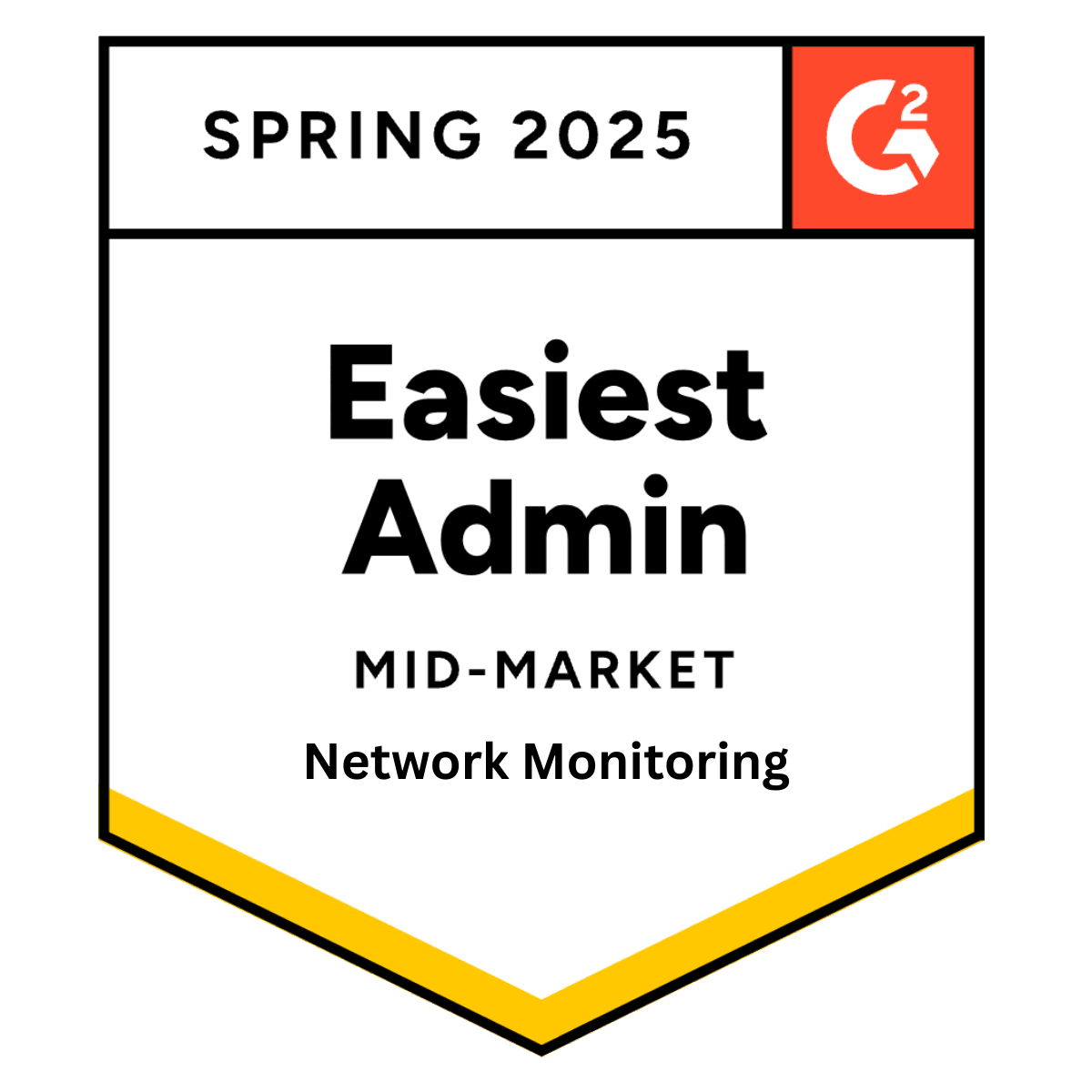
What Is Remote Support Software?
Tuesday 7 December, 2021

Remote support software is used by IT technicians to access and control devices that they manage, from a remote location in order to provide support to end-users. This software has enabled users to get their issues resolved from anywhere, on any device, without having to wait for a technician to be physically present. Remote support software has revolutionized the IT industry by providing faster issue resolution and practically eliminating the need for IT technicians to be based in every office.
What does remote support software mean?
Remote support software allows technicians to establish a remote connection that allows them to take control of a user's device, both remotely and in real time, to troubleshoot issues or perform other tasks.
With remote support software, a technician can perform many support and administrative tasks such as installing updates, running patches, resolving issues, remotely transfer files and, ideally, has a chat feature so the technician can communicate with the end user.
When IT teams and MSPs can access devices remotely, they can provide quick resolution to tickets. This allows them to focus on more important tasks, thereby increasing efficiency and keeping end users satisfied by reducing the time it takes for their issue to be resolved.
What are the types of remote support?
Remote support can either be “attended remote access” or “unattended remote access,” depending on the presence of the user at the remote end. Let us now take a closer look at both types of access.
- Unattended remote support: Unattended remote support allows technicians to connect to an endpoint even without the end user present. Remote support software makes this possible by deploying an agent app on all devices in the network. This allows IT technicians to remotely access devices at any time, with or without an end user present. Unattended remote support allows technicians to access endpoints when they are not in use, enabling them to resolve issues even before the user notices them.
- Attended remote support: Attended remote support is commonly known as on-demand support. This allows technicians to access a device when a user requests assistance. Unlike unattended access, no setup is required for technicians to access the device since the end user must help the technician establish a remote connection to their device. Simply put, attended access enables technicians to provide support to devices as long as the end user is present at the remote end.
What are the benefits of remote support software?
Besides allowing technicians to work on user issues without physically having to visit the user, remote support software offers various other benefits to both internal IT teams and MSPs. These include:
- Increased productivity: While IT issues can certainly hamper productivity, remote support software allows IT technicians to resolve issues faster, and as a result, increase productivity for both themselves and the organization as a whole.
- Reduced costs: As remote support software equips technicians with the ability to remotely access all devices within an organization, it helps businesses save dollars on their IT budget by cutting down on the overhead costs of on-site visits or the need to have physically based in every office.
- Hiring only the best: Remote support software means that organizations are no longer restricted to hiring technicians in the same location as their users so it is easier to get the team they need.
- 24x7 support: Remote support software allows IT teams to configure devices for unattended remote access, which allows technicians to access these devices at any time to install updates or troubleshoot issues. In addition to this, technicians can also resolve issues before users even notice them.
- Remote working: Remote support software is one of the main reasons why the enforced and rapid switch to home and remote working in 2020 was so successful.
How to choose remote support software?
An IT or network administrator must consider a few key factors before zeroing in on a solution. However, this of course depends on their network's needs as well. Here are some factors every IT admin must consider when choosing their remote support software:
- Ease of use: It should be easy to use for both the IT Technician and the end-user. If it is quick and easy to use, so the technician will be able to resolve issues more quickly. It should also be simple and intuitive for end-users to use - especially if they want to ask for immediate help.
- Security must be top of mind: Cybersecurity is increasingly important and accessing a device remotely is always a security risk, even after taking all the necessary precautions. Therefore, every remote software must have solid security measures in place. Ensure that you check whether the solution's security features meet the current industry security standards.
- Don't neglect compliance: It is important that your remote support tool is compliant with the compliance regulations of your industry or location, especially if you operate in the e-commerce or healthcare industry. Remote support software must offer multifactor authentication and be compliant with HIPAA regulations.
- Customer support: Remote work can lead to employees working from different locations and across different time zones. The ideal remote support software should be able to provide 24/7 support across multiple channels, including email, live chat, phone, messenger, Twitter, etc.
- Convenience: The main benefit of remote support software is convenience which means issues are resolved with minimal delays. To maximize this convenience, the technician should be able to run remote support sessions from a mobile device, so they can assist users from anywhere, making the response even quicker.
- Automation: There is room for automation in remote support software. If it is part of an automated self-service support solution the user can try various pre-defined paths before reaching out to the technicians via chat or some other method. Such a self-service solution should support the running of scripts containing the resolution actions and these would also be available for technicians to run manually. This again improves response times and has the added benefit of creating a library of pre-defined responses to common issues.
What can Pulseway's remote support software do for you?
Pulseway's support software allows you to empower your end-users to resolve their own issues instantly and chat with technicians directly. This reduces the workload of support teams, allowing them to focus on tasks that truly matter and delivering a more responsive service to their users. Pulseway's key features include:
- Support for Windows, Mac and Linux
- Allowing technicians to remotely access Windows, Mac and Linux machines from any mobile device
- Next-gen, self-service, end-user support platform
- Server and application management
- Unlimited and secure remote control
- User chat and file transfer
- Automation with auto-remediation technology
Join over 10,000 businesses worldwide that use Pulsway's remote support software. Try it now!
Share this post
Related Posts
Join the Ranks of Satisfied Customers and Experience the Pulseway Difference Today.








